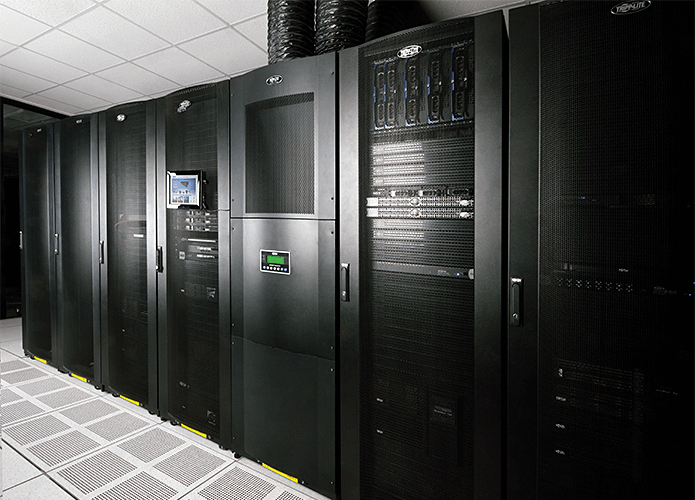It’s easy for people to see the world becoming more dependent on online resources. All the information in books, DVDs, and documents in your filing cabinets, as well as the pages in your calendar, are available online via a small device that you can carry around. Amazingly, the majority of this information is not available on your phone. It relies only on a connection with cloud-based network services.
However, even though the objects are no longer visible, racks of server’s constantly passing and storing data still take up space. It seems easy to organize one of these data centers. You only need to line up the server racks and install a cooling treatment. Finally, connect your company with the new network.
When you begin planning for a data center cooling best practices, you will realize how complex it is. These servers and network devices, like all electronic devices, generate heat. The heat generated by these data centers cannot be controlled by a fan, unlike smaller electronic devices. They require considerable organization and advanced scientific concepts to cool these huge electronics.
How Data Centers Are Cooled?
The multifaceted nature of a data center presents a challenge in setting up. Planning a data center is difficult because of its multifaceted nature. If you don’t address these issues, your servers could fail.
Your main goals when designing a data center should be:
Build Technical Capacity: A data center plan must consider how much data can be stored and processed. You should also consider future growth. Even if you don’t invest initially in all the hardware that you might need, your plan will allow you to grow without making the layout difficult, cramped, or messy.
Consider Your Thermal Needs: These storage units generate a lot of heat that requires careful planning and dissipation. Incorrect computations can lead to components quickly heating up and causing damage to sensitive electronics. Hot-and-cold aisle layouts are popular, as well as liquid cooling techniques that use the highest possible airflow to draw heat away from network equipment.
Use The Least Power Consumption: Both machine operation and cooling require substantial power. Cooling techniques and power distribution efficiency can be improved by a data center design that is efficient in power and cooling. This will reduce the center’s carbon footprint and use less energy.
Data Center Cooling Techniques
You have many options to cool down your data center without exposing it to fire or equipment damage. These are data center cooling systems:
A Computer Room Air Conditioner: This product is designed for commercial service server rooms. CRACs are a cost-effective tool that cools the air using a refrigerant cooling system.
Hot And Cold Aisle Designs: Next, you can cool your internal air with a hot or cold aisle design. Cold and hot air aisles organize cabinets and racks in a linear format with each rack facing the opposite direction. This equipment arrangement causes cold and hot air vents in the hot aisle to face each other and creates alternate aisles of cold and hot air.
Free Cooling: Free cooling is a cost-effective and popular option for cold regions. It allows facilities to draw outside cool air in through the facility, while hot air is vented.
Direct-To-Chip Cooling: This cooling method uses liquid cooling. The coolant fluid flows through a series of pipes to reach a cold plate embedded in the motherboard. The cold plate distributes heat to extract into a loop made of chilled water. No matter what method you use to cool your data center, you must inspect your equipment regularly for temperature-related wear.

